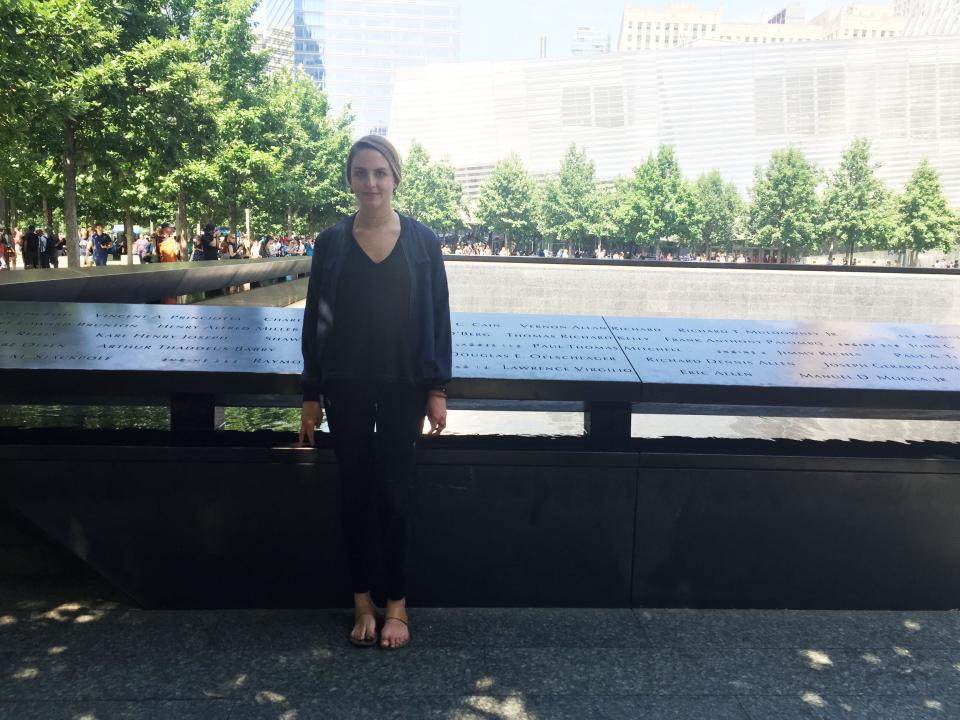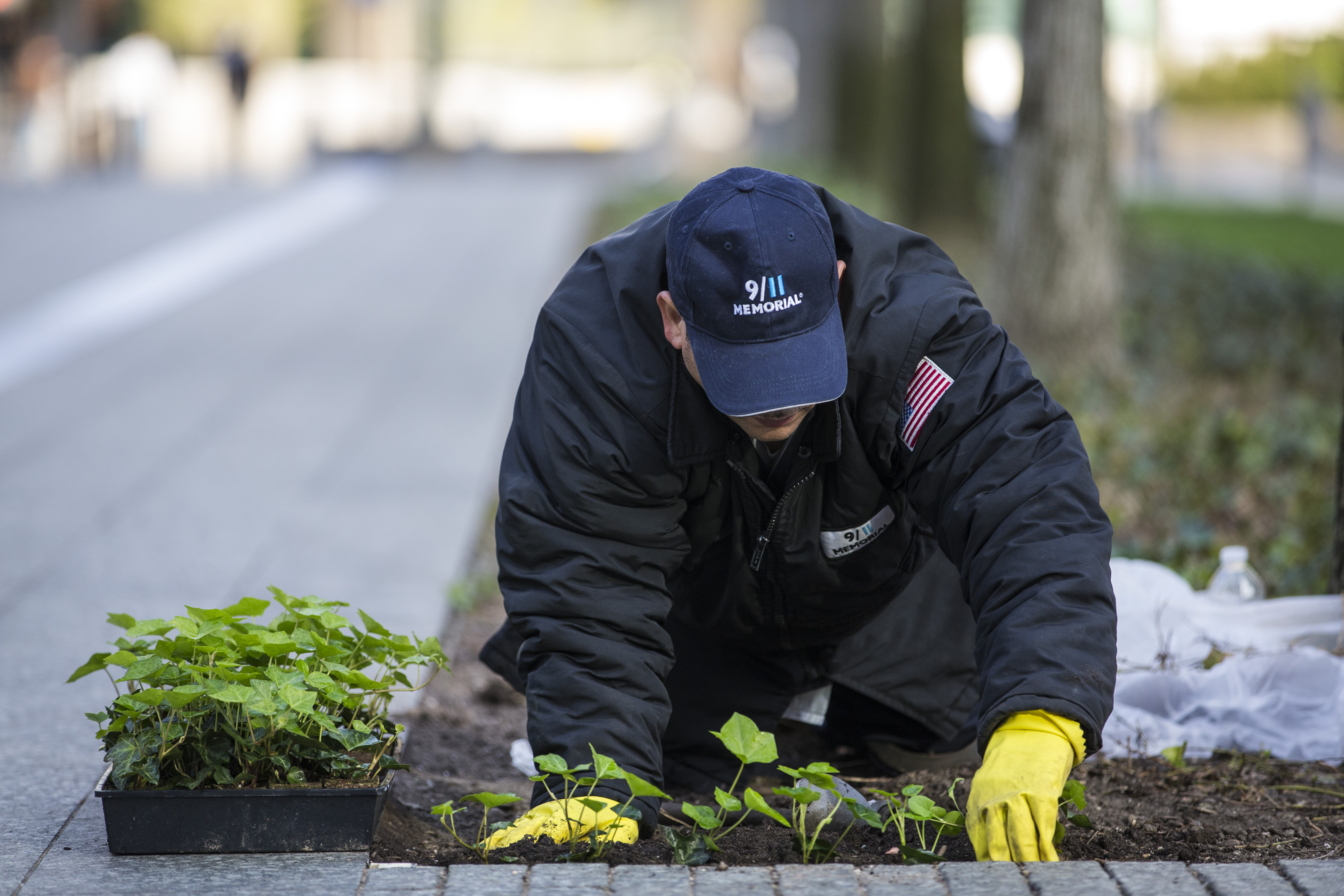9/11 Memorial Guided Tour: Through the Eyes of a Communications Intern
9/11 Memorial Guided Tour: Through the Eyes of a Communications Intern

Editor’s note: This is the second in a two-part series. To get better acquainted with the 9/11 Memorial Museum, two of our interns signed up for both a guided museum and memorial tour. Having a guide gave them a new perspective and insight into the significance and history behind the artifacts.
Working at the 9/11 Memorial Museum as a communications intern has been an insightful and unique experience. In the fall, I will be entering my senior year at Colby College, where I am majoring in global studies with a concentration in Latin America and minoring in anthropology.
Here are 10 of my takeaways from participating in a guided memorial tour:
1. International design competition: A design competition was held in 2003 for a national memorial to honor the victims killed in the Sept. 11, 2001 and Feb. 26, 1993 attacks on the World Trade Center. Submissions were received from 63 countries and 49 states.
2. Footprints: The two memorial pools are built in the footprints of the Twin Towers, but the exact perimeter of the towers align with the closest set of trees surrounding the pools.
3. The parapets: The names of all the victims of Sept. 11 and the 1993 attack are etched in the bronze parapets, leaving a void to express the absence of lives taken too soon.
4. Impact zones: Some were able to escape from above the impact zone in the south tower, while the plane that hit the north tower severed any chance of escaping from above the zone of impact.
5. Meaningful adjacencies: The arrangement of names on the memorial is based on a system of meaningful adjacencies which allow the names of friends, family and coworkers to be next to each other on the memorial. Almost all 1,200 requests for meaningful adjacencies by those close to the victims were able to be honored.
6. Pregnant women: Eleven pregnant women were killed on 9/11 in addition to one that was killed in the 1993 attack. At the request of the 1993 victim’s husband, the words “and her unborn child” are etched next to her name. This was also added to the names of the 11 other women.
7. The birthday roses: Each morning, to commemorate the birthdays of the victims, a memorial staff member places a single white rose in the names of victims on the parapets.
8. The pools: Both pools are set within the footprints of the Twin Towers of the World Trade Center. The waterfalls, which are the largest man-made in the country, are approximately 30 feet in height.
9. The Survivor Tree: The charred, 8-foot stump of a Callery pear tree was salvaged from the burning rubble of ground zero after 9/11. The tree has since been nursed back to health, and now stands tall on the memorial as a symbol of resilience, rebirth and survival. It has come to be known as the “Survivor Tree.”
10. Swamp white oaks: The 416 swamp white oak trees were each hand-selected from nurseries within a 500-mile radius of the World Trade Center site, including New York, Pennsylvania, and near Arlington County, Virginia to honor the three 9/11 attack sites.
By Madeline Lipton, Communications Intern
Previous Post
The Lens: Capturing Life and Events at the 9/11 Memorial and Museum

The Lens: Capturing Life and Events at the 9/11 Memorial and Museum is a photography series devoted to documenting moments big and small that unfold at the 9/11 Memorial and Museum.
Next Post
Q&A: Children’s Programs for 9/11 Museum Visitors

Noaa Stoler, the 9/11 Memorial Museum manager of youth and family programs, answers questions about the various opportunities offered this summer in the museum’s education center.